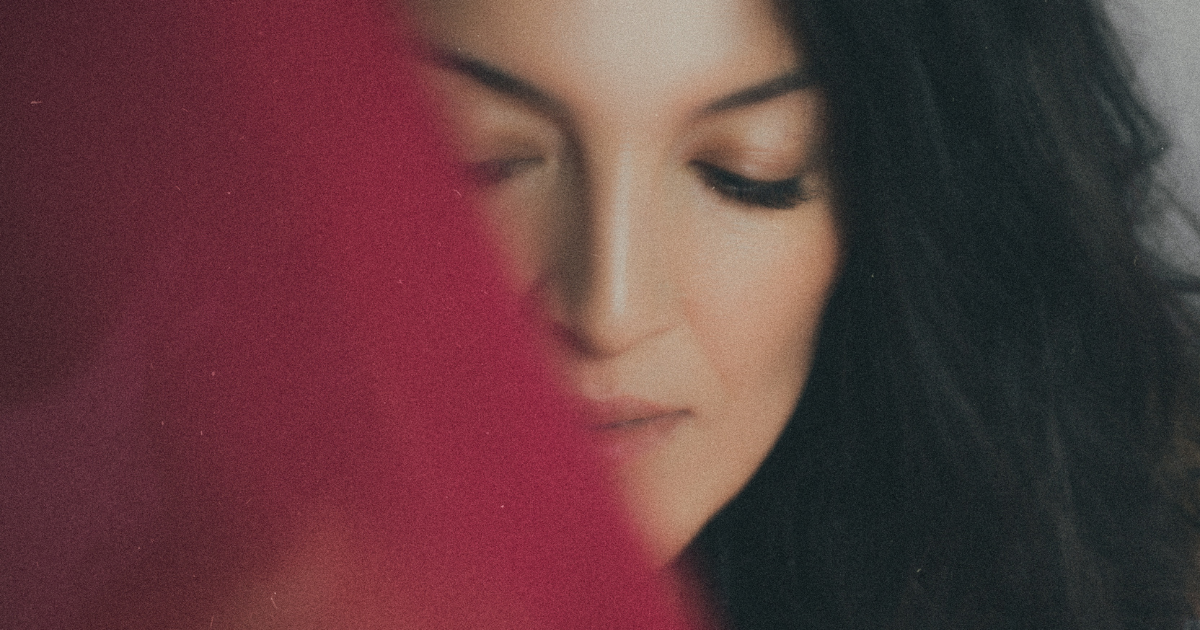Women jewelers of Uzbekistan
Jewelry combining tradition and modernity
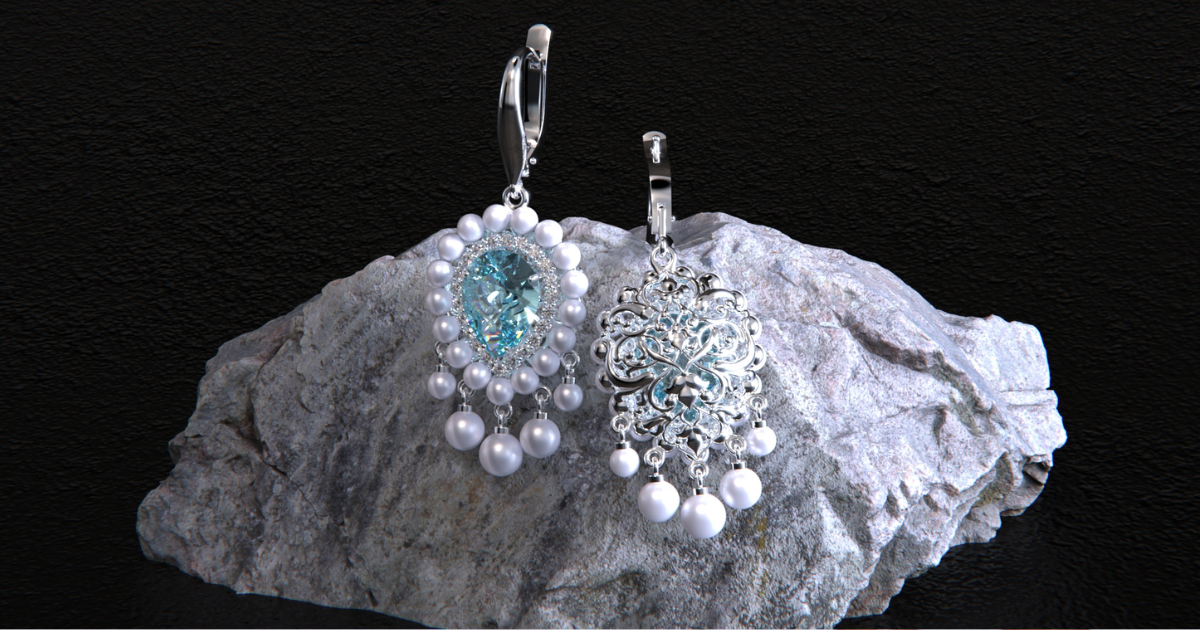
A look into history
Jewelry craftsmanship in Uzbekistan boasts a rich history. The technology and traditions of the craftsmen in our region have been shaped and continuously developed over many centuries through various cultural exchanges. Historical sources reveal that the skill of Uzbek jewelers had reached a high level by the late Middle Ages.
Both men and women wore jewelry, which indicated social status and age category. The wedding was the most significant event where the entire set of jewelry was worn.
Women's jewelry, in particular, was diverse. Silver and gold were predominantly used in their making, with copper, brass, and other metals used less frequently. Many pieces featured botanical motifs: shoots, leaves, and grains. Animal motifs were also common, depicting birds, fish, snakes, and others, each with its symbolic meaning. The craftsmen drew inspiration directly from nature.
Uzbek jewelry art reached its peak in the 19th and early 20th centuries. Jewelry crafted by masters from Bukhara, Khiva, Samarkand, Tashkent, and the Fergana Valley was sought after in both the East and the West. The creations of Bukhara and Tashkent jewelers were especially valued for their richness of form, detailed craftsmanship, and elegance.
Over the centuries, preferences in jewelry slowly changed. Common features of Uzbek jewelry from this period include archaic forms linked to ancient cult and magical beliefs, complex compositions, the use of various techniques (forging, embossing, gilding, filigree, granulation, enamel), and an abundance of inlays and pendants.
Modern jewelry art
Today, jewelry craftsmanship in Uzbekistan is experiencing a revival of artistic values, developing along three main directions. The first involves passing down centuries-old skills and using a rich palette of traditional decorative motifs. The works of A. Khaydarov and other master jewelers, which are passed down from generation to generation, are the brightest examples of this.
The second direction showcases the creativity of craftsmen working within national and classical traditions but often deviating from the norm by introducing uncharacteristic decorative and figurative motifs, increasing elements of individual interpretation and stylization.
The third direction is developed by applied artists and designers whose plastic variations create decorative compositions, sometimes using modern technological solutions.
Anel Ulumbekova
Her journey with jewelry art began in 1994, after graduating in theatrical costume design from the republıcan specıalızed art school named after Benkov.
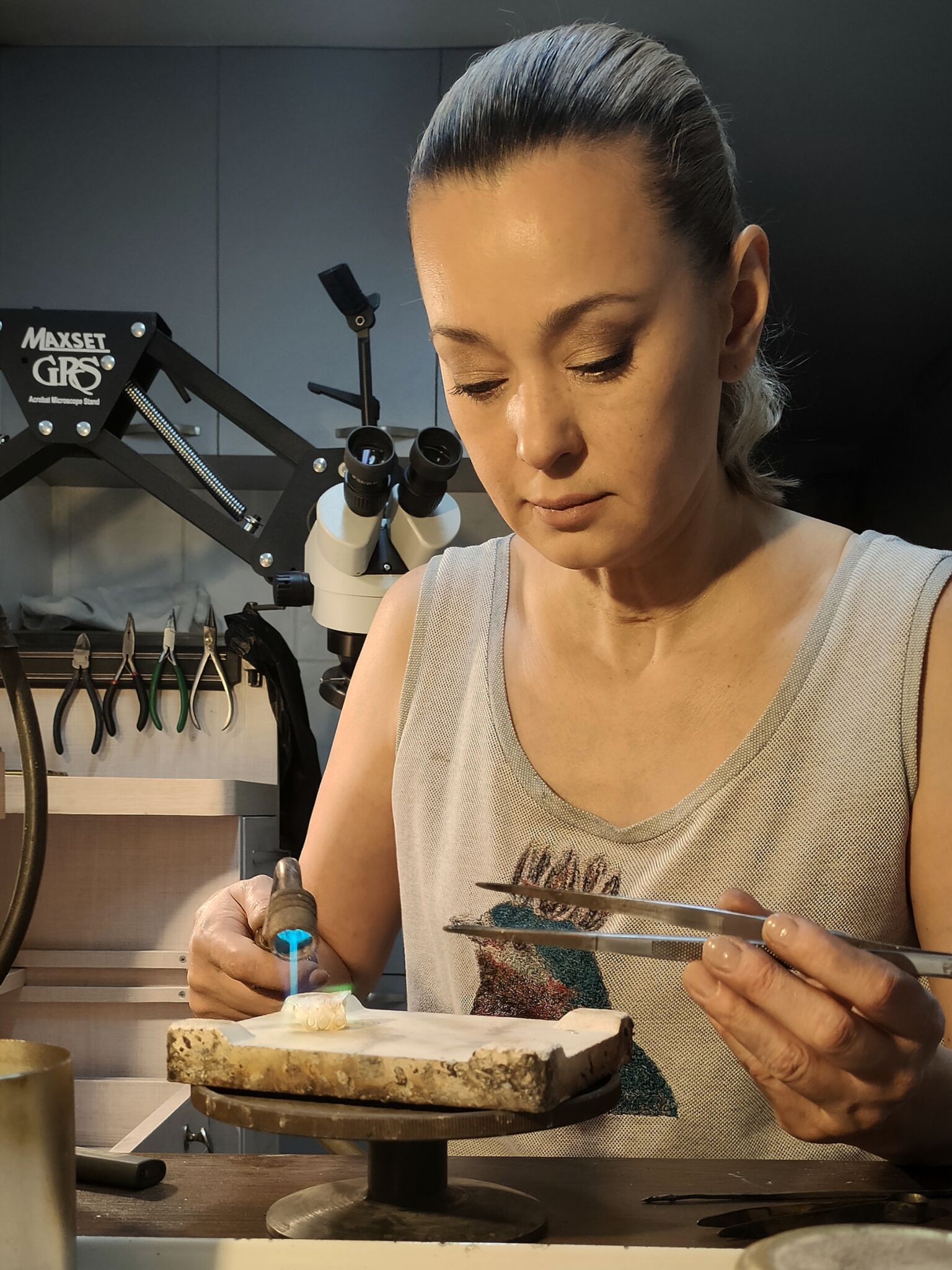
Photo courtesy of Anel Ulumbekova
A visit to the workshop of jewelers Rumi and Elena Dadulagov, who worked at the Tashkent Jewelry Factory, inspired Anel. She asked to learn from them, although she doubted it would be possible.
"From the very first day, I fell in love with this profession. It was like an epiphany. I would fall asleep thinking about work, and upon waking up, I would rush to the workshop to start creating. This love and passion have lasted for 30 years," says Anel Ulumbekova.

Photo courtesy of Anel Ulumbekova
"As for the techniques I use, it's the handmade creation of jewelry. This includes sawing, embossing, mounting, rolling, enameling, and inlaying. Casting is also part of my practice, as not everything can be made directly from metal.
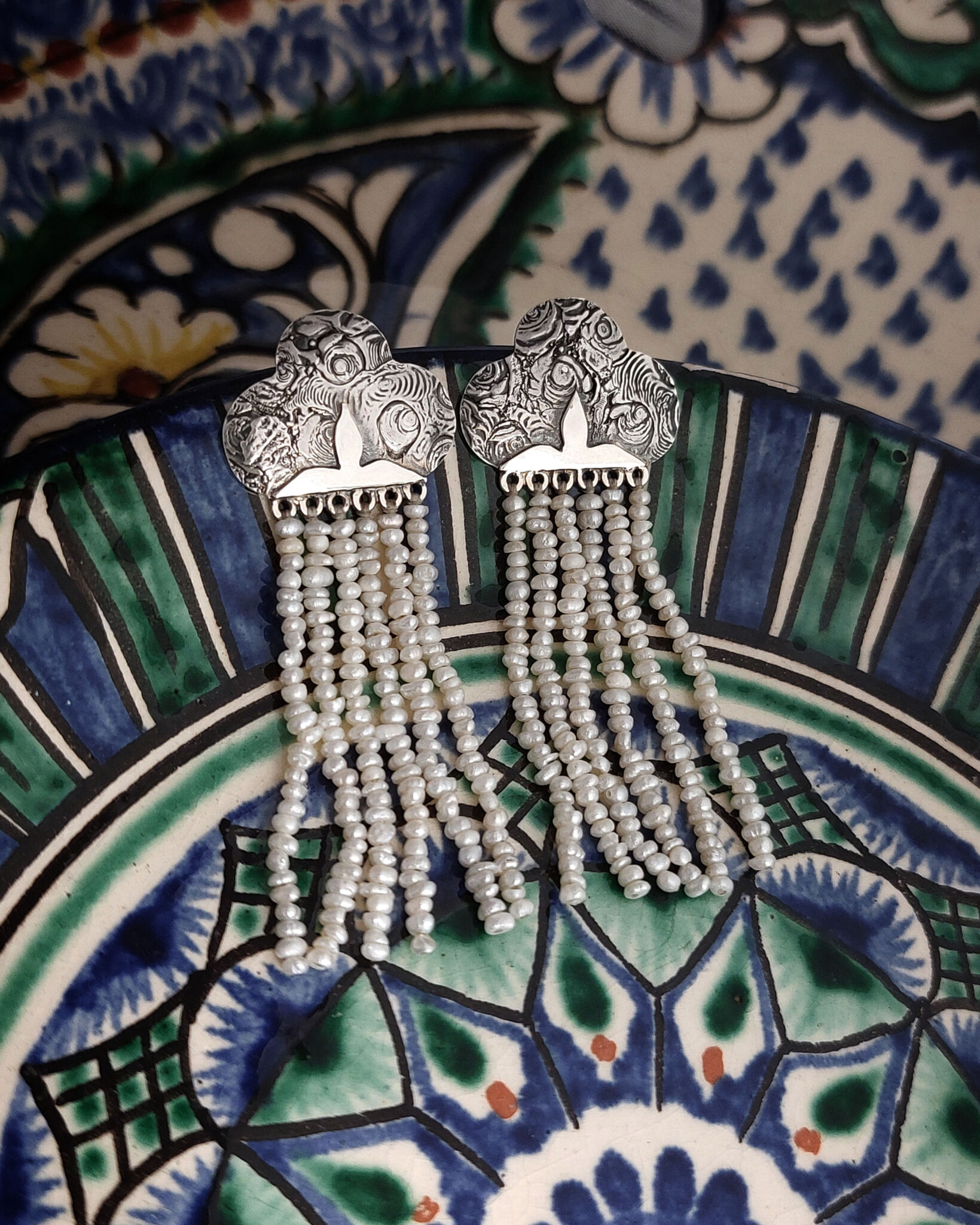
Photo courtesy of Anel Ulumbekova
I start by creating a model or texture from wax, then cast the piece and finish it by hand. Almost every piece is a unique creation."
Yulia Kutovaya
Being the daughter of a jeweler, Yulia began making figures from beeswax at the age of 7, which she and her father then cast in silver. These were her first small figures.
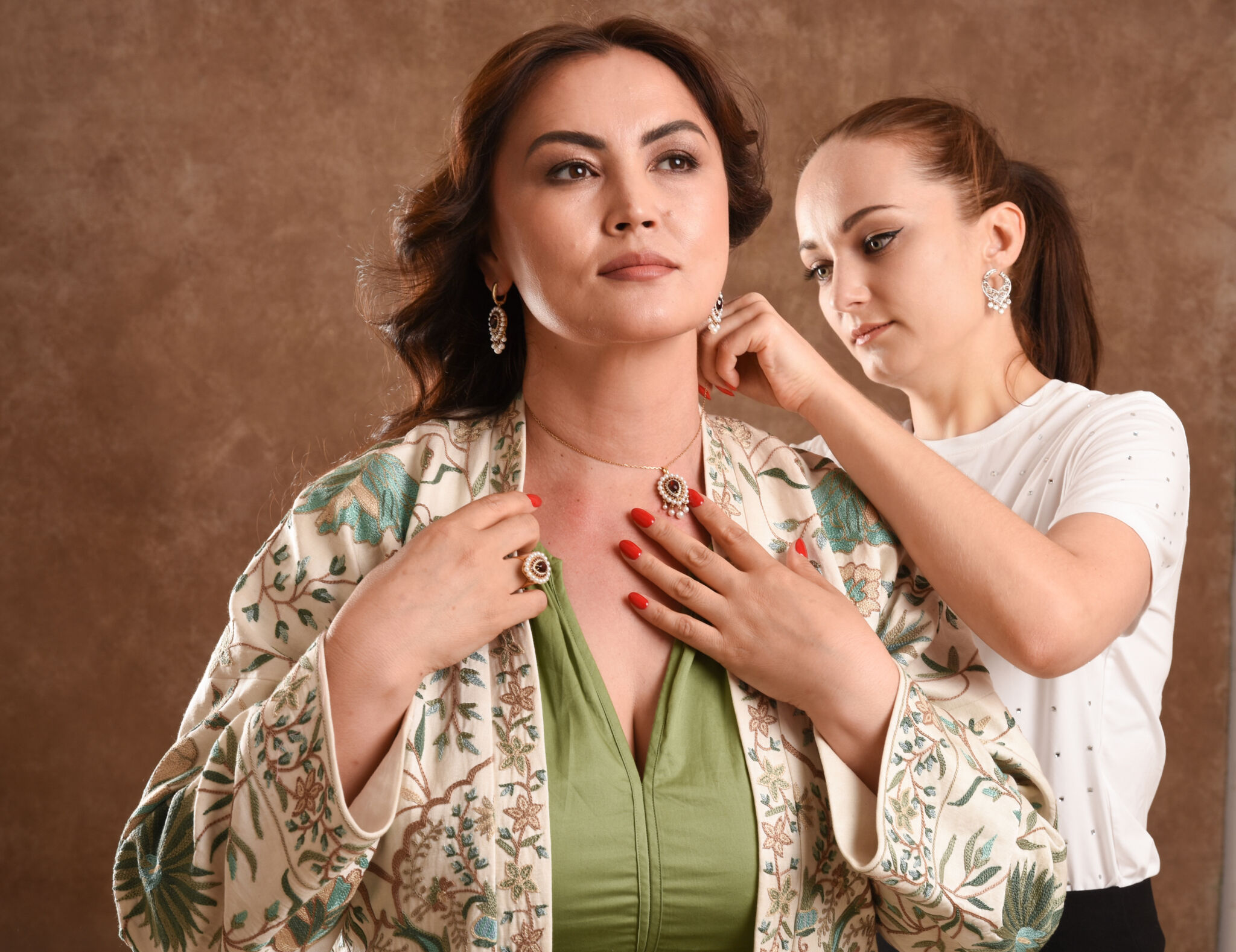
Photo courtesy of Yuliya Kutovaya, photo by Renata Kanserova
She studied ceramics at an art college. During her studies, Yulia drew inspiration from jewelry patterns and combined them with ceramics
In 2011, after starting to learn 3D modeling, she began making smaller, intricate, and highly detailed jewelry pieces.

Photo courtesy of Yuliya Kutovaya, photo by Nafisa Parpiyeva
In 2020, Yulia won the Grand Prix at the Swarovski Gemstones competition for her modern interpretation of Bukhara wedding earrings "Shibirma" in a luxury style.
Since then, Yulia has decided to incorporate Central Asian patterns into her jewelry designs.
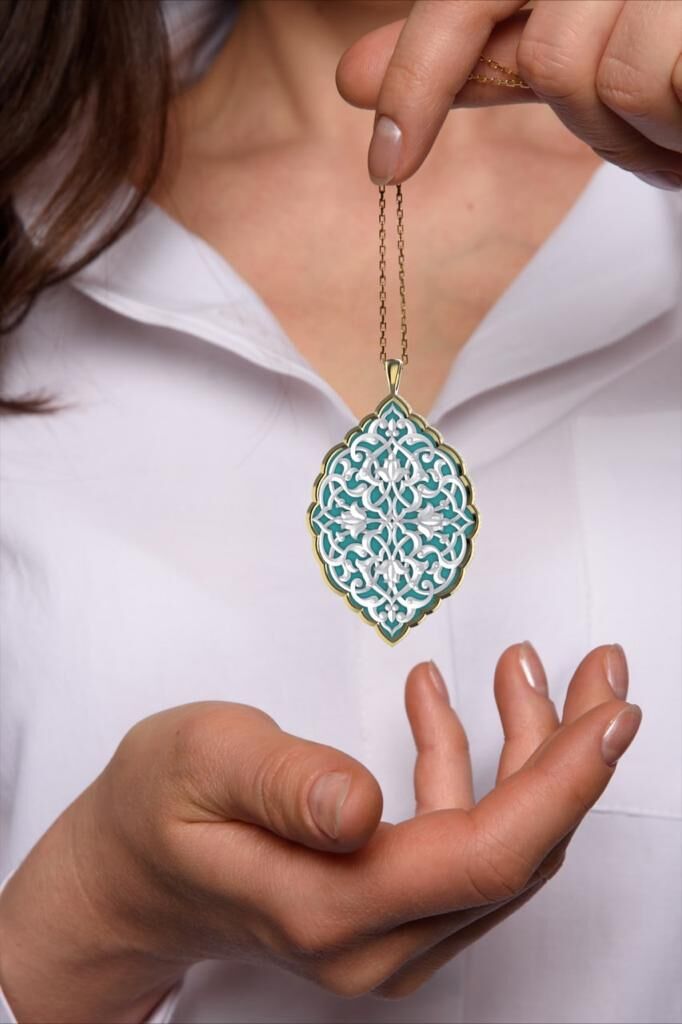
Photo courtesy of Yuliya Kutovaya,
"I am inspired by the architecture and applied arts of Uzbekistan, as well as the works of modern craftsmen. I especially like Madina Kasymbaeva's embroidery."
Yulia works exclusively with gold, as it allows for such fine detailing in jewelry.
Aziza Kariyeva
Aziza Kariyeva studied at the Tashkent Architectural and Construction Institute.

Photo courtesy of Aziza Kariyeva, photo by Yevgeniya Yelizarova
After earning her degree in design, Aziza founded her brand in 2015. She had always loved creating things with her hands and designing jewelry since childhood.
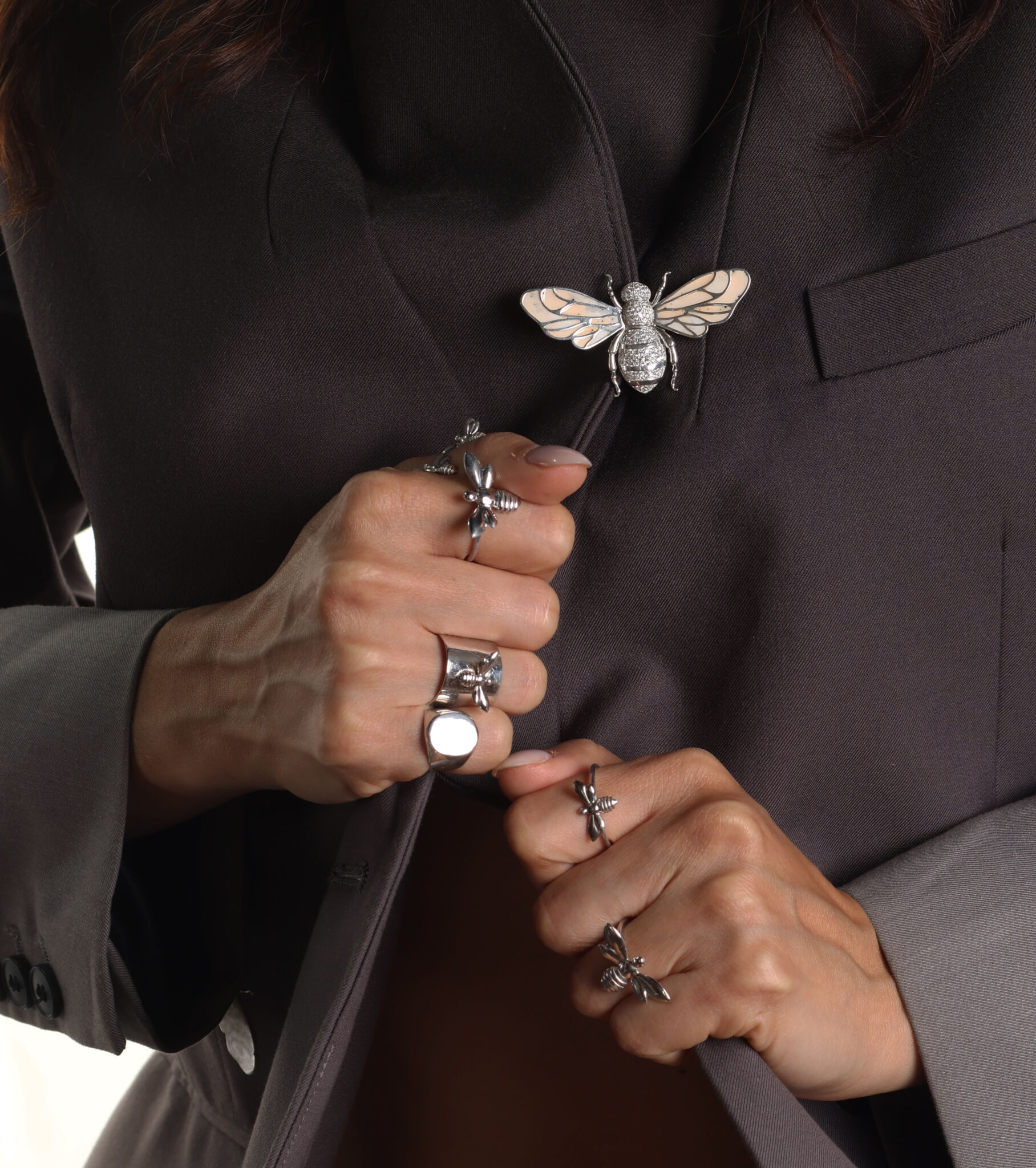
Photo courtesy of Aziza Kariyeva
"I like the brand not only for creating jewelry but as a concept as a whole," says Aziza.
She loves reading and traveling. "A good book can spark new ideas and offer a different perspective. Traveling refreshes the mind and makes you miss your favorite work," reflects Aziza.

Photo courtesy of Aziza Kariyeva
Her pieces are mostly handmade. She sometimes also uses a 3D printer in her work. The pieces are made from silver and gold, with natural stones and pearls.
